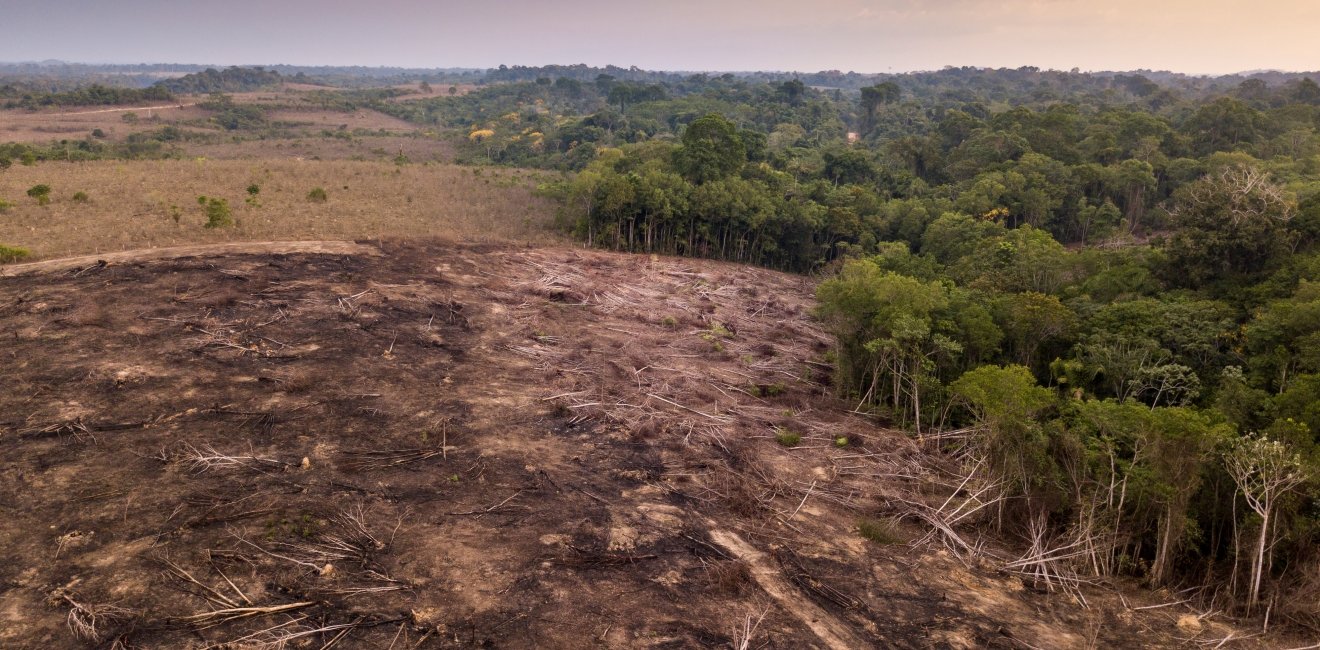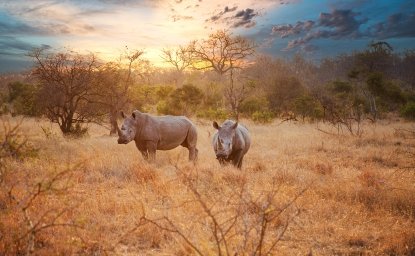
A blog of the Wilson Center

Forced to flee: A combination of natural and manmade disasters forced someone to flee to safety within their own country during every single second of 2020, on average.
Approximately 40.5 million people were “internally displaced” (displaced without crossing a border) last year alone, bringing the total current number of IDPs to 55 million—the most ever and double what it was in 2013.
To put all of this in context, if the estimated number of refugees were added to the number of IDPs, it would mean that more than 80 million people were displaced by the end of last year—again, a record, according to the UN High Commission for Refugees.
In 2020, extreme weather events were the largest driver of new displacements. The People’s Republic of China, the Philippines, Bangladesh and India each had major weather crises that displaced countless families (by some estimates, more than 30 million). But millions more were also displaced by increasing violence in places such as Ethiopia, Mozambique and Burkina Faso (not to mention ongoing conflicts in Syria, Afghanistan, DRC and elsewhere).
Sadly, the rate of displacement shows no signs of slowing in 2021. Natural disasters are, as always, a big cause ...like the recent volcanic eruptions in the Democratic Republic of Congo. And so are conflicts. Armed attacks in Niger have displaced an additional 102,000 people...and violence in Gaza has displaced at least 25,000.
What does all of this mean? Tens of millions of people are no longer where they were, and are probably not where they’ll someday be...and all the while, these families represent some of the world’s most vulnerable human beings.
Is one of our best hopes slipping away?: Brazil’s Amazon rainforest is now actually emitting more greenhouse gases than it’s absorbing.
Throughout history, the world’s forests have been a great “carbon sink,” absorbing more carbon dioxide than they emit, thereby playing a vital role in slowing global warming and climatic change. Unfortunately, in recent decades, many of the great forests have been either dramatically downsized or disappeared altogether. Given the size and density of the Amazon rainforest, not to mention its place in popular imagination, many have assumed the forest —which touches countries from Bolivia to Brazil, Ecuador to Guyana—would always be mankind’s impenetrable shield against the worst impacts of the globe’s changing climate.
Not so fast.
A study in Nature predicts that the Amazon will flip from carbon sink to carbon source in the next 15 years—decades before even the most conservative climate models had assumed. Studies suggest that Brazil’s portion of the Amazon has already slipped into that status.
How is this possible? The trees of the Amazon region have been sequestering billions of tons of carbon each year, helping to offset global emissions. However, the landscape of the Amazon is rapidly changing, largely due to human activity. Rising levels of deforestation, higher average temperatures, and drier conditions are causing trees in the region to die at an alarming pace.
Deforestation rates have accelerated under President Jair Bolsonaro, who was elected on a promise of development and has been a strong promoter of mining and agriculture in the region. Not only does this leave fewer trees to sequester carbon in the future, but it also undoes decades of progress. Dead trees release the carbon they captured while living back into the atmosphere.
And although carbon tends to get the most international attention, it is not the only greenhouse gas that warrants concern. Methane, nitrous oxide, aerosols, and black carbon (soot) also cause substantial harm to the environment, and human activity is increasing their prevalence in the Amazon as well, according to a recent study in Frontiers in Forests and Global Change. For example, uncontrolled logging creates vast areas of dry wetlands and compact soil, which releases large amounts of nitrous oxide. Burning land, a practice often used to clear pastures for livestock, increases emissions of black carbon.
Fishing, fishing everywhere: China has, far and away, the world’s largest fishing fleet, with vessels actively operating from the South China Sea to Ghana to the Galápagos Islands.
As of 2019, China’s foreign ministry reported the official number of vessels operating away from its mainland as 2,701. The Overseas Development Institute claims the actual number is closer to 17,000. But even if China’s official number was accepted, a recent report by the Stimson Center says it would still make China’s fleet three times larger than those of the next four countries combined.
The size and range of China’s fleet has raised significant concerns within the conservation community. They note that what began as an annual overseas harvest of roughly 20,000 metric tons of seafood has grown into an annual amount of more than 2 million tons. From China’s perspective, higher and higher harvests are needed to feed the country’s rapidly expanding middle class. But environmentalists warn that this drive is inflicting significant damage on the world’s fisheries, threatening both native biodiversity and sustainable food supplies for local communities.
Not unexpectedly, the reach of Chinese fishing vessels into overseas fishing grounds has led to conflicts and skirmishes. In recent years, South Korea, South Africa, Argentina, the Philippines, and Indonesia have all clashed with Chinese vessels over fishing concerns. In some cases, countries have accused China of using commercial fishing crews to help establish island settlements in waters subject to territorial disputes.
While Beijing has recently promised to reduce the scope and range of its overseas fishing fleets, many observers are skeptical. In any case, monitoring fleets and their fishing practices is notoriously difficult. It takes resources. It takes international commitment and cooperation. All of these are too often in short supply.
Author

Explore More in Stubborn Things
Browse Stubborn Things
Spying on Poachers

China and the Chocolate Factory

India: Economic Growth, Environmental Realities
